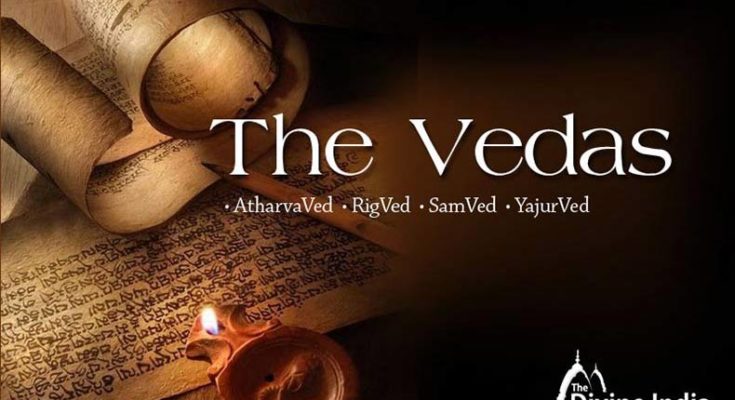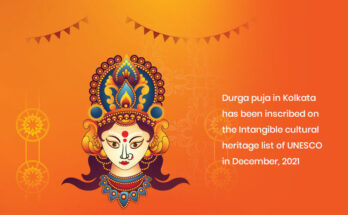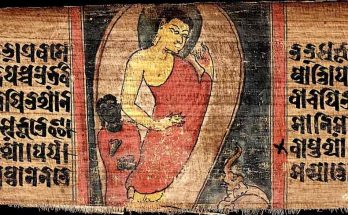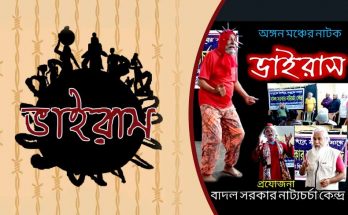Essence Of the Vedas. Image Courtesy – https://www.thedivineindia.com
The resilience and vitality found in Indians has made it survive endless invasions and are derived from its rich Spiritual enhancement in the Vedas, the Chatur Vedas, the source of all knowledge. The classical Indian thought, identified the four main goals of life or ‘purusharthas’ as Dharma, Artha, Kama and Moksha.
Artha – material prosperity
Kama – material satisfactory
Regulating Artha and Kama in such a manner that one is led towards Moksha Dharma.
Moksha – Sreyas
Dharma – Sreyas
There is as contradiction between material endeavour (Preyas) and spiritual efforts (Sreyas) in Indian thought. The word ‘Vedas’ means knowledge. The ‘Karma Kanda’ part of the Vedas shows how to achieve temporal happiness (Prayas) which is not lasting while the ‘Gnana kanda’ teaches us how to obtain eternal happiness (Sreyas) through Gnana which is the removal of Avidya.
Read: Religion & religious saints of India – part 6
Jyotisha is the study of planetary movements and terrestrial happenings. It connects the macrocosm with the microcosm and helps one understand the unity of all creation or Adwaiteeyam. The Navagrahas and their endless movements in the sky establish a link with human life and activity. The study of these connections in known as Jyotisha or the science of light. Light is radiation. Jyotisha, therefore is the study of planetary radiation and its connections with terrestrial affairs.
Spread of Jyotisha: The spread of astrology from India to the world goes back to the period of the Mahabharata war which brought about two important historical events. It gave the world the ‘Srimad Bhagavad Gita’, the best and most reliable treatise on human psychology as often. Secondly, it brought about, just before and after its occurrence, migration on a very large scale taking the knowledge of India, to the other parts of the globe. When Lord Krishna’s effort to prevent war piled, many of the scholars dreading what would happen, flat the land for safer places. What India lost in these scholars, the rest of the world gained. The entire western world from Persia to Britain received from these rich knowledge of India. The migration eastwards moved the Islands of the Indian archipaelago to America – North as well as South.
Vedanga Jyotisha: Astrology was born in India discovered by the Vedic Rishis. It is a Vedanga based on an intimate understanding of the correlations between planetary and terrestrial happenings. Vedanga Jyotisha was meant primarily for selecting auspicious or favourable points of times for different kinds of Yagnes given in the Vedas. Each Veda has a separate Vedanga jyotisha –
Rig Jyotisha by Lagadha Rishi (36 shlokes)
Yajur Jyotisha (43 shlokes)
Vedanta Jyotisha by Sonkhara (42 shlokes)
Atharva Jyotisha (162 stokes)
All the text can be combined into a single text of 49 shlokes. The rules of Vedanga Jyotisha were basically evolved for finding ‘Tithis’ and ‘Nakshatras’ for sacrificial purpose and for the use of Vedic scholars who were not mathematicians. In older times, there were no printing facilities.
Read: Mirza Ghalib in Google Doodle – introspection of a great poet
‘Panchanga’ makers too were not easy to be found. Therefore rough and ready rules were framed for fixing ‘Tithi’ and ‘Nakshatra’ for Vedic rituals. These simple rules needed only elementary knowledge of arithmetics and cannot be said to be the basis on which later scientific astronomy and astrology developed in India. Therefore it has to be conceded that experts in astronomy had devoloved ‘Vedanga Jyotisha’ rules and put them together as a handy manual for use by laymen.The excellent science of Jyotisha (comprising of Siddhanta and Hora as its three branches) is the clear eye of the Vedas.
‘Hora’ is a predictive astrology and is devided from a combination of the wards ‘Ahas’ ( day time) ‘Ratri’ (Night time) or ‘Ahoratri’ by droping the fist and the last three letters respectively of the two words which means the study of time. ‘Hora’ is divided into Jataka natal Horoscopy dealing with birth charts, prasna or Horary Astrology based on question – time and muhurtha which cover favourable and unfavourable times for different activities of life based on planetary parameters such as marriages, business, sanskaras , coronations, house building, starting of business, wards, demolitions of building, construction of dams, hospitals, taking charges of office and other mundane ventures.
There are four Vedas known as – the Rig Veda, the Yajur Veda, the Sama Veda and the Atharba Veda.
Atharba Veda, the forth of the Vedas is regarded to be the last but the mention of ‘trayi-vidya’ or ‘triple knowledge’ when referring to the Vedas. Atharba Veda deals with the problems related to material life.





